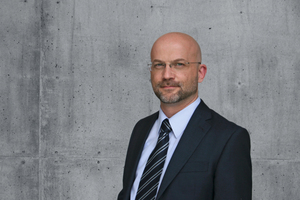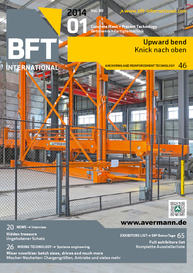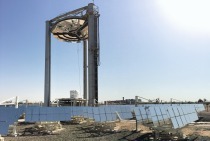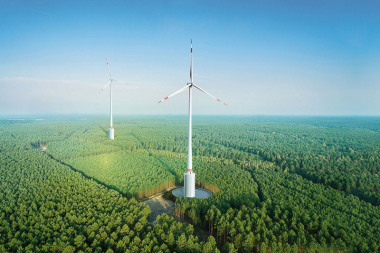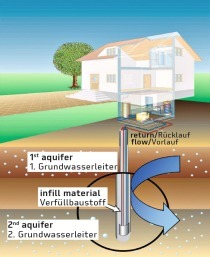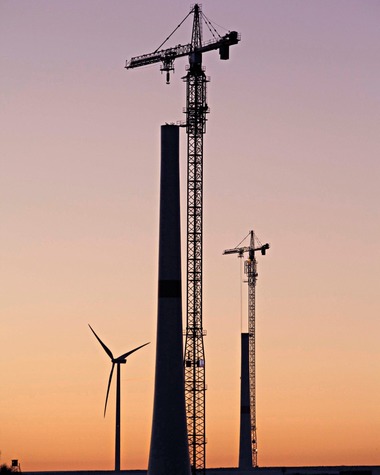On the test bench
The German Renewable Energy Sources Law (EEG) has been put on the test bench. The European Commission considers that the EEG favors domestic industry, distorting in this way competition with competitors from other countries of the European Union.
The EEG was adopted in 2000 and promotes production and use of electricity from regenerative sources: for example, wind, water, or solar energy. It guarantees producers input of their electricity into the network and compensation for the generated power. Their compensation is financed by a surcharge that users pay via the electricity tariff. However, until now not all consumers have been asked to contribute in the same way – the EEG largely exempts industrial enterprises with energy-intensive production from contributing; they can buy their electricity at a more favorable price. These exempted companies, in the eyes of the EU commissioners, accordingly enjoy a competitive advantage over European competitors. On 18 December 2013 it therefore announced the launch of a formal investigation of the EEG. But the EEG had become a political issue long before, even without the intervention of Brussels. It is understandable that a company begrudges another company’s exemption from the surcharge, but would not mind being able to enjoy the privilege itself.
The agenda of the 58th BetonTage from 18 to 20 February in the German city of Neu-Ulm shows to what extent companies of the German precast concrete industry long ago became active supporters of the energy turnaround – notwithstanding all disagreements about the surcharge. The lectures focus on topics that include concrete towers for wind power plants, fermenting silos, and parabolic troughs for solar power plants made of ultra-high-strength concrete. Day cards for the BetonTage, by the way, were raffled off among participants of the BFT reader survey that we conducted in December 2013. One card each goes to Klaus Funke (Langkampfen), Annegret Haas (Chemnitz) and Günter Janisch (Munich). Congratulations! The results of the reader survey will be presented shortly.

